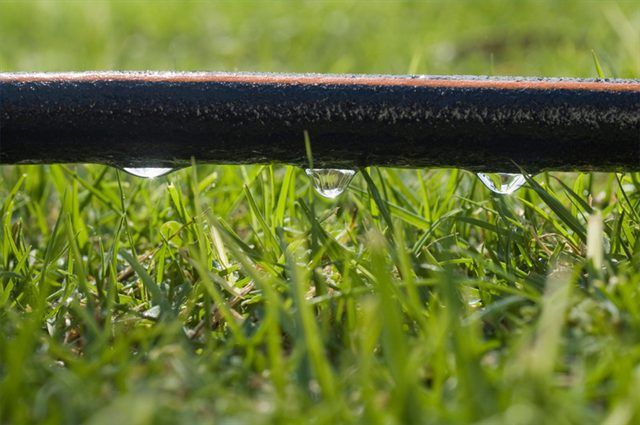Bulbs
Flower Basics
Flower Beds & Specialty Gardens
Flower Garden
Garden Furniture
Garden Gnomes
Garden Seeds
Garden Sheds
Garden Statues
Garden Tools & Supplies
Gardening Basics
Green & Organic
Groundcovers & Vines
Growing Annuals
Growing Basil
Growing Beans
Growing Berries
Growing Blueberries
Growing Cactus
Growing Corn
Growing Cotton
Growing Edibles
Growing Flowers
Growing Garlic
Growing Grapes
Growing Grass
Growing Herbs
Growing Jasmine
Growing Mint
Growing Mushrooms
Orchids
Growing Peanuts
Growing Perennials
Growing Plants
Growing Rosemary
Growing Roses
Growing Strawberries
Growing Sunflowers
Growing Thyme
Growing Tomatoes
Growing Tulips
Growing Vegetables
Herb Basics
Herb Garden
Indoor Growing
Landscaping Basics
Landscaping Patios
Landscaping Plants
Landscaping Shrubs
Landscaping Trees
Landscaping Walks & Pathways
Lawn Basics
Lawn Maintenance
Lawn Mowers
Lawn Ornaments
Lawn Planting
Lawn Tools
Outdoor Growing
Overall Landscape Planning
Pests, Weeds & Problems
Plant Basics
Rock Garden
Rose Garden
Shrubs
Soil
Specialty Gardens
Trees
Vegetable Garden
Yard Maintenance
How to Install a Rain Drip System
How to Install a Rain Drip System. Using a rain drip system to irrigate your garden is efficient and cost-effective. You can capture rainwater with a rain barrel and connect your drip system directly to the barrel to irrigate your plants. A drip irrigation system is efficient because it dispenses the water directly to the roots of your plants...

Using a rain drip system to irrigate your garden is efficient and cost-effective. You can capture rainwater with a rain barrel and connect your drip system directly to the barrel to irrigate your plants. A drip irrigation system is efficient because it dispenses the water directly to the roots of your plants rather than spraying everywhere like a regular hose. You can also add a timer to to drip irrigation system to turn it on automatically, making it a true set-it-and-forget-it watering system.
Things You'll Need
Paper
Pencil
Filter washer
Faucet adapter
1/2-inch plastic emitter tubing
T-fittings or elbows
Metal anchors
Bubblers and/or sprayers
Soaker hose
Mulch
Measure your garden and draw a rough blueprint. Determining where to place the hoses will be easier when you plan it out on paper first. Take note of the types of plants you have and what their watering needs are. Note where you need to place the watering devices on the blueprint, according to the type and size of your plants.
Install the filter in the faucet adapter to prevent gravel and other debris from clogging the hose.
Attach the plastic emitter tubing to the adapter and connect adapter to the faucet.
Lay out the tubing according to the plan on your blueprint. By using emitter tubing, you will not need to install the emitters (drippers) to regulate the water flow. The tubing needs to flow downhill from the rain barrel so gravity can pull the water down into the hose.
Cut the emitter tubing at the areas next to your plants. Attach T-fittings or elbows into the hose. Secure the T-fittings with metal anchors. Insert bubblers or sprayers at the base of larger plants. You can run a soaker hose around the plants or shrubs to further distribute the water.
Continue to lay out distribution hose, T-fittings and drippers according to your blueprint until entire garden has irrigation hose installed.
Tips & Warnings
You can purchase a kit to make your drip irrigation or you can make your own with a few easy steps. Before you begin, prepare a rain barrel to catch the runoff from your downspout of your house's rain gutters. Equip the barrel with a faucet at the bottom to attach a hose.
Bubblers work well for larger plants, including tomatoes, shrubs or roses. A bubbler will emit up to 35 gallons per hour.
Drippers (emitters) are the best choice for small plants.
Sprayers will spray water a distance of 12 feet at a rate of 4 to 34 gallons per hour. Sprayers are effective for thick, dense flowerbeds.
You can buy regular quarter-inch to half-inch hose and insert emitters into the hose yourself at desired intervals. Simply make holes in the hose with a small awl or punch tool.